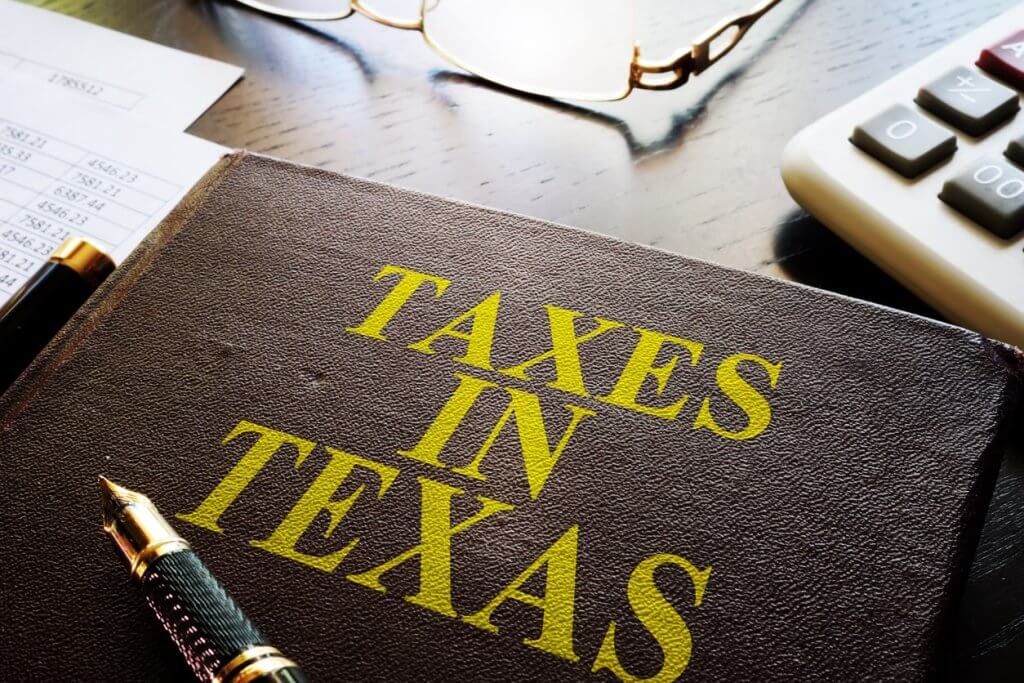Texas vs. Ohio: Choosing the Best State to Grow Your Business
Texas and Ohio stand out as prime destinations for growing businesses, with both offering strong economies, skilled workforces, and diverse industries. Texas is known for its energy dominance, booming tech sector, and global trade hubs, while Ohio has a strong manufacturing base, strategic Midwest location, and a growing healthcare industry. Both states have seen business expansions and relocations in recent years, but they offer distinct advantages depending on industry needs and long-term growth goals.
Here’s how Texas and Ohio compare in the key areas that matter most to business owners.
Economic Growth and GDP
Texas
The Lone Star State has a $2.7 trillion GDP, making the Texas economy the 8th largest in the world—larger than Russia, Canada, and Italy. The state’s diverse economy is powered by:
- Energy
- Tech
- Advanced manufacturing
- Aerospace
- Life sciences
- Transportation & Logistics
- Food & livestock products
- Petroleum refining and chemicals
- Hospitality and tourism
- Rare earth and mineral mining
- Corporate services
Texas’ economy is growing at a faster pace than the national average, with projected job growth of 2.5% in 2024.
Ohio
Ohio’s economy is strong but significantly smaller, with a GDP of $923 billion. Key industries include automotive, logistics, healthcare, and financial services. While Ohio is experiencing economic growth, its job creation rate lags behind Texas, and it lacks the same level of industry diversification.
Business Climate and Job Market
Texas
Texas has been ranked the #1 Best State for Business for 20 consecutive years. The state has obtained the 13th consecutive Governor’s Cup for the top total qualified capital investment projects, with companies drawn to pro-business policies, economic freedom, a skilled workforce, and strong infrastructure. The thriving Texas business climate is led by cities like Houston, Dallas, and Austin, which are among the fastest-growing business hubs in the U.S.
Ohio
Ohio provides a steady business environment, but ranks lower than Texas in national business climate rankings. Cities like Columbus, Cleveland, and Cincinnati offer economic opportunities, yet corporate relocations to Ohio remain lower than Texas, and overall job market growth has been slower.
Tax Climate and Business Costs
Texas
Texas is known for its business-friendly tax structure, with no state income tax for individuals and businesses. The state has a lower overall tax burden, with state and local taxes making up just 7.6% of total income. Instead of a traditional corporate income tax, Texas levies a franchise tax based on gross revenue, which is often lower than corporate taxes in other states.
Ohio
Ohio has a state income tax ranging from 2.75% to 3.5%. While the state has lowered and simplified its tax structure, residents and business owners still face a higher overall tax burden than Texas, with Ohio state and local taxes making up 8.9% of total income. Ohio businesses face corporate income taxes and a commercial activity tax (CAT), leading to higher tax liabilities compared to Texas.
Infrastructure and Accessibility
Texas
Texas is a global logistics powerhouse, offering 19 seaports, 380 airports, and 10,400 miles of rail. Its proximity to Mexico and the Gulf Coast provides businesses with unmatched international trade access. Major cities like Dallas-Fort Worth, Houston, and Austin serve as key logistics and distribution hubs, making Texas one of the best states for companies reliant on shipping and global trade.
Ohio
Ohio has a strong Midwest logistics network and serves as a key distribution center for the Great Lakes region. Cities like Columbus and Cincinnati offer efficient transportation routes for domestic trade, but Ohio lacks the same level of global connectivity as Texas, with no direct access to international ports.
Business Incentives and Support
Texas
Texas offers generous business incentives, including the Texas Enterprise Fund (TEF), which provides cash grants for companies that create high-wage jobs. The state also offers property tax abatements, workforce training programs, and investment incentives. Texas is consistently ranked among the top states for business-friendly policies.
Ohio
Ohio offers incentives like the Job Creation Tax Credit (JCTC), which provides performance-based tax benefits to businesses expanding or relocating within the state. Ohio also provides economic development grants for specific industries, such as automotive and logistics.
Cost of Living
Texas
Texas provides a balance of affordability and opportunity, with no state income tax and lower energy costs helping keep expenses down. The state’s median home sale price is $299,787, and median household income is $76,292. Overall, Texas’ cost of living is approximately 7% below the national average, with a cost of living index of 93.
Ohio
Ohio is known for its affordable housing, with a median home sale price of $228,988, but higher state income taxes mean residents and business owners take home less income. The state’s median household income is $69,680, and Ohio’s cost of living is approximately 6% lower than the national average, with a cost of living index of 94.
Why Businesses Are Moving to Texas
Companies of all sizes are choosing Texas because it offers the best business environment in the country.
- No state income tax means more money stays in your business.
- Lower operating costs and a pro-business regulatory climate allow businesses to grow faster.
- Booming job market and a growing talent pool make it easier to recruit top talent.
- Major corporations like Tesla, Oracle, Chevron, and Hewlett Packard Enterprise have all relocated to Texas.
Texas continues to be one of the top states in the nation in corporate relocations, job creation, and economic growth—making it the #1 choice for businesses looking to expand or relocate.
Relocate Your Business to Texas
A skilled workforce, lower taxes in Texas, a booming economy, and world-class infrastructure—the Lone Star State provides everything a business needs to thrive. Whether you’re relocating, expanding, or launching a new venture, Texas offers the best opportunities for long-term success. Find out for yourself why businesses are moving to Texas!




